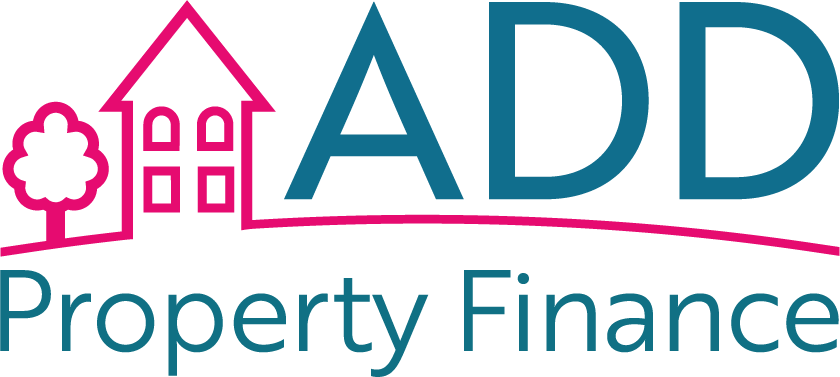Becoming a landlord and entering the world of buy-to-let property investment is an exciting prospect for many homeowners. The idea of generating rental income and potentially building a property portfolio is undeniably appealing. However, before taking the plunge into the buy-to-let market, it’s crucial to assess whether this investment avenue aligns with your financial goals and circumstances. In this comprehensive guide, we’ll explore the benefits and considerations of venturing into the buy-to-let market as a homeowner.
Benefits of Buy-to-Let for Homeowners
- Rental Income: One of the primary advantages of buy-to-let properties is the potential for a consistent rental income stream. This income can help homeowners cover mortgage repayments, build savings, or even provide an additional source of income.
- Diversification: Investing in the property market can diversify your investment portfolio, reducing risk by spreading your assets across different types of investments.
- Potential Capital Appreciation: Over time, property values tend to increase. This can lead to capital appreciation, increasing the overall worth of your investment.
- Tax Benefits: There are various tax advantages associated with buy-to-let investments, such as mortgage interest relief and the ability to offset certain expenses against rental income.
- Asset Ownership: Owning physical assets like property provides a sense of ownership and control that other forms of investment may not offer.
Considerations for Homeowners Entering the Buy-to-Let Market
- Financial Stability: Assess your financial stability and whether you can manage the additional expenses associated with buy-to-let properties, including mortgage repayments, maintenance, and insurance.
- Market Research: Conduct thorough market research to identify areas with strong rental demand and potential for capital growth. Location is a critical factor in buy-to-let success.
- Mortgage Costs: Understand that buy-to-let mortgages may have different interest rates and eligibility criteria than residential mortgages. Be prepared for potentially higher costs.
- Property Management: Decide whether you’ll manage the property yourself or hire a property management company. Property management can impact your expenses and time commitment.
- Regulations and Legal Obligations: Buy-to-let landlords must adhere to various regulations, including safety standards, tenancy agreements, and tax reporting. Familiarise yourself with these requirements.
- Tenant Screening: Tenant selection is crucial. Conduct thorough tenant screenings to minimise the risk of problematic tenants and late rent payments.
- Exit Strategy: Consider your long-term goals for the investment. Are you looking for a steady income stream, capital appreciation, or a combination of both?
Conclusion
Entering the buy-to-let market as a homeowner can be a rewarding venture, but it’s not without its challenges and responsibilities. It’s essential to conduct thorough research, evaluate your financial readiness, and consider your long-term goals before investing in rental properties. While the potential benefits are attractive, successful buy-to-let property investment requires careful planning and diligent management. By taking the time to assess your suitability and make informed decisions, you can embark on your buy-to-let journey with confidence and the potential for financial success.







